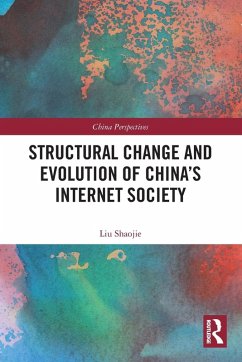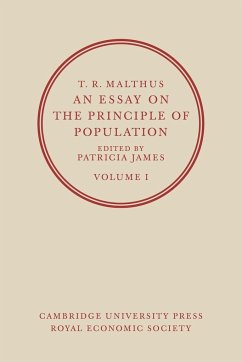
China's Low Birth Rate and the Development of Population
Versandkostenfrei!
Versandfertig in 1-2 Wochen
56,99 €
inkl. MwSt.
Weitere Ausgaben:

PAYBACK Punkte
28 °P sammeln!
By the early 1990s, fertility rate in China had dropped below the replacement level, and China's low fertility has now attracted the world's attention. This book is among the first studies to raise and examine questions on low fertility in China, believing that China has entered a new era featured by low birth rate and ageing population.














